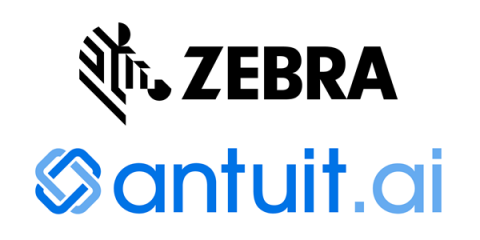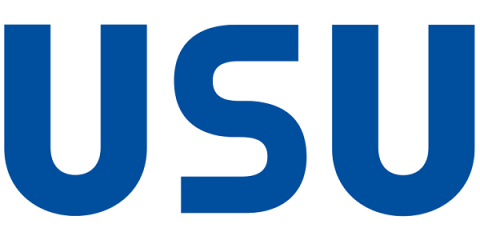Operations | Monitoring | ITSM | DevOps | Cloud
Asset Management
The latest News and Information on Asset Management, Device Management and related technologies.
Optimising repair and maintenance manpower costs in the food services and restaurant industry
Running a business is not an easy task and when it comes to running a restaurant, it is more difficult. As the restaurant service industry is growing at a very fast pace. For businesses to keep up with all the trends it is important to keep a track of all the assets in the best way possible. When all the assets are maintained and managed perfectly, it leads to a reduction in risks and an ultimate increase in profits for the business.
10 Ways to Do Proactive IT Asset Management
How AI is Redefining Direct Store Delivery
For those outside the grocery industry, direct store delivery (DSD) is a distribution model used by manufacturers/CPGs that entails delivering products directly to retail store shelves. This model is extremely conducive for perishable food categories. During your typical grocery shopping, you may notice that store employees these days do relatively little replenishment in the aisles.
Global media group intensifies cooperation with USU on software license management
IT analytics in 90 seconds: Identify problematic asset combinations
2023 ITAM Trends: 12 Key Things to Keep in Mind for Next Year
Cancer and Hematology Centers Uses NinjaOne to Patch Endpoints and Stay HIPAA Compliant
What is an asset register? What is the purpose of the asset register?
When an organization starts to flourish the number of assets that it procures increases, and with that keeping a track of all of them becomes a task for the employees. Traditionally organizations used to keep a track of all these assets by maintaining spreadsheets, but with a major change in the way how organizations work, maintaining spreadsheets became difficult.
What are the benefits of investing in Asset Management Software for a restaurant?
Maintaining a business includes several tasks that need to be done without making any mistakes. These activities are performed day to day to guarantee that everything is done in a systematic way. However, if processes are manual then things can be hectic, and chances of error is more. Most importantly there is not a great margin in restaurants, which is why saving expenses is essential for business. Hence, asset maintenance must be done regularly otherwise business will suffer.











